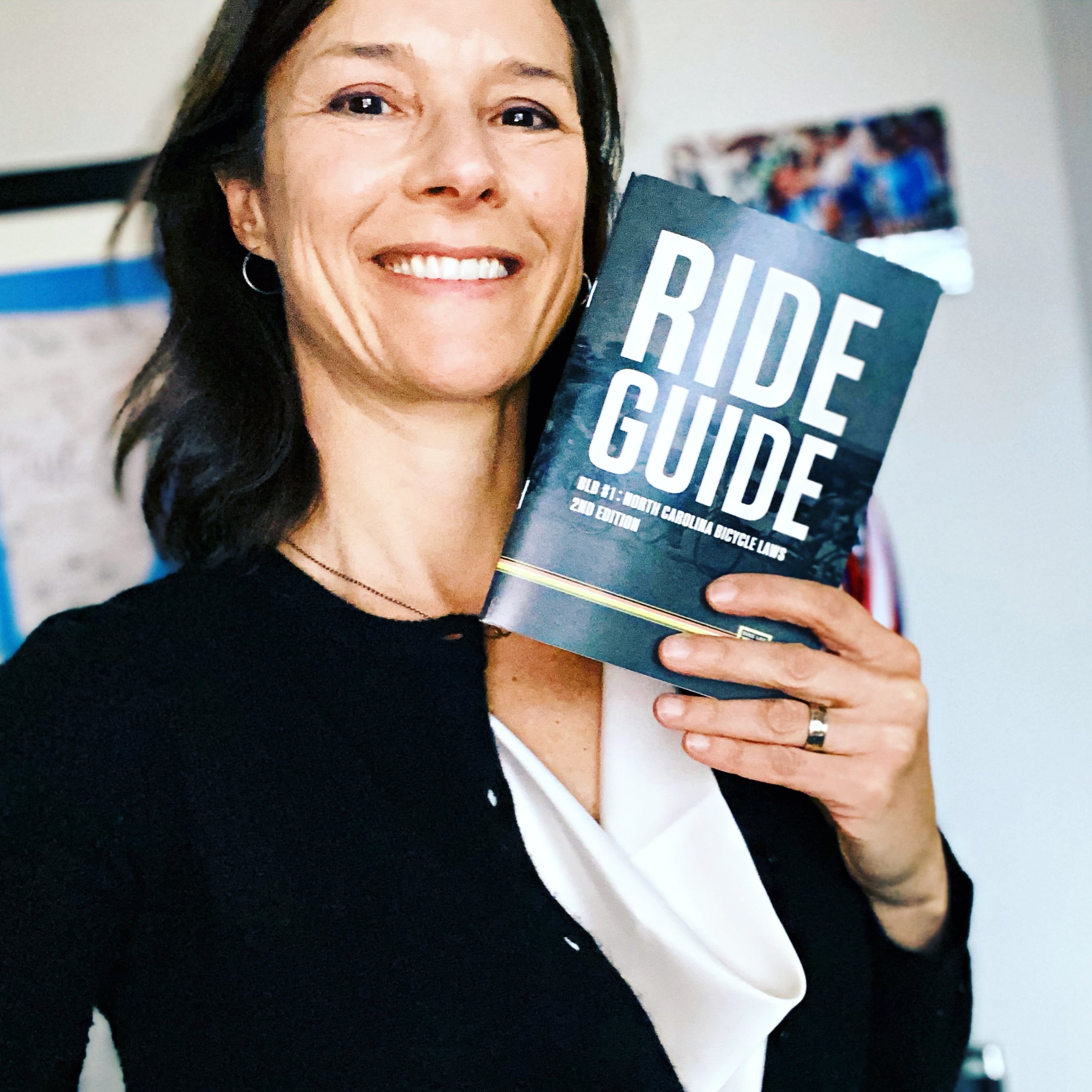Look at the above picture. There’s nothing special about it, really – aside from the obvious fact that every ride with your buddies is special.
Now take another look. What you’re seeing is two abreast riding, a common practice in nearly every group ride. Currently, North Carolina’s law is silent on riding two abreast, and cyclists across the state operate on the understanding that it’s perfectly legal.
As a cyclist, you should be aware that a study committee set up by the General Assembly is poised to debate whether bicyclists should have to ride single file or be allowed to ride two or more abreast.
The study committee, which is charged with reviewing several bicycle safety laws, is meeting Wednesday in Raleigh, from 10 a.m. to 2 p.m. The committee must send a report and recommendations to the General Assembly’s Joint Legislative Transportation Oversight Committee on or before December 31, 2015.
If the study committee ultimately recommends a single file law and the General Assembly passes it, two abreast riding would be a thing of the past. That change would make our roads less safe for cycling. And it would likely ring the death knell for group rides and club rides as we know them today.
The current law works just fine – if it ain’t broke, don’t fix it. We do not need new restrictions on where bicyclists can operate, especially restrictions that make the roads less safe for any user.
Bike Law’s very own Peter Wilborn has written a post that details why two abreast riding is often a safer way to ride. Among the factors Peter lists are increased visibility for cyclists and easier passing by motorists.
If North Carolina lawmakers are bound and determined to spell things out, then the law should specifically allow side-by-side riding. The reason is simple: it’s often SAFER for cyclists than single file riding. Bicycling advocate Steven Goodridge, who thankfully is serving on the study committee, says it best:
Riding two abreast is one of the most effective safety strategies used by knowledgeable bicyclists when riding together; it makes bicyclists more conspicuous and greatly reduces unsafe close passing, sideswipes and run-off-road crashes on state roads. It is therefore important for riding two abreast to remain a legal practice that may be exercised at bicyclists’ discretion.
Steve has crunched the numbers to reach his conclusion — and by numbers I mean the police crash data compiled by NCDOT. According to that data:
- 73% of motorist overtaking bicyclist crashes occur on two lane roads;
- 67% of these crashes occur on roads with posted maximum speed limits of 40 mph or higher;
- 59% occur on “rural” roads;
- 91% occur on a straight section of roadway;
- Only 9% occur at a curve, and only 3% at a straight hill-crest.
As Steve notes, these crashes are mostly happening on straight sections of state roads with narrow lanes and high posted speed limits. They often occur when a motorist tries to squeeze past a cyclist without moving over. He states:
Based on my examination of many police reports and discussions with investigating officers, most daylight motorist-overtaking-bicyclist collisions occur where the driver sees the bicyclist ahead but attempts to pass within the same lane as the bicyclist who is riding at the right edge of the lane.
Meanwhile, Steve notes, “motorist-overtaking-bicyclist crashes involving bicyclists riding two abreast are practically non-existent — we cannot find any record of them happening in NC.”
Plain and simple, crashes caused by overtaking vehicles typically occur when cyclists are in single file formation, not when they are riding side-by-side. Two abreast riding largely eliminates unsafe close passes within the same lane.
If the legislature were to pass a two abreast law, we would join 39 other states that specifically allow that practice. We’d also be on the same footing as North Carolina motorcyclists. Under G.S. 20-146.1, they may legally split the lane and ride two abreast.
Here’s hoping the committee studying bicycle safety will take note of its own data and put safety first by continuing to allow two abreast riding.

North Carolina lawyer and Bike Law founder, Ann Groninger, has advocated at the state level on behalf of bicyclists in North Carolina for over 15 years. Ann has offices in Charlotte and Durham and has helped bike accident clients in Asheville, Raleigh, Durham, Greenville, Wilmington, Fayetteville, and throughout the state. Read more about Ann on her bio page.











